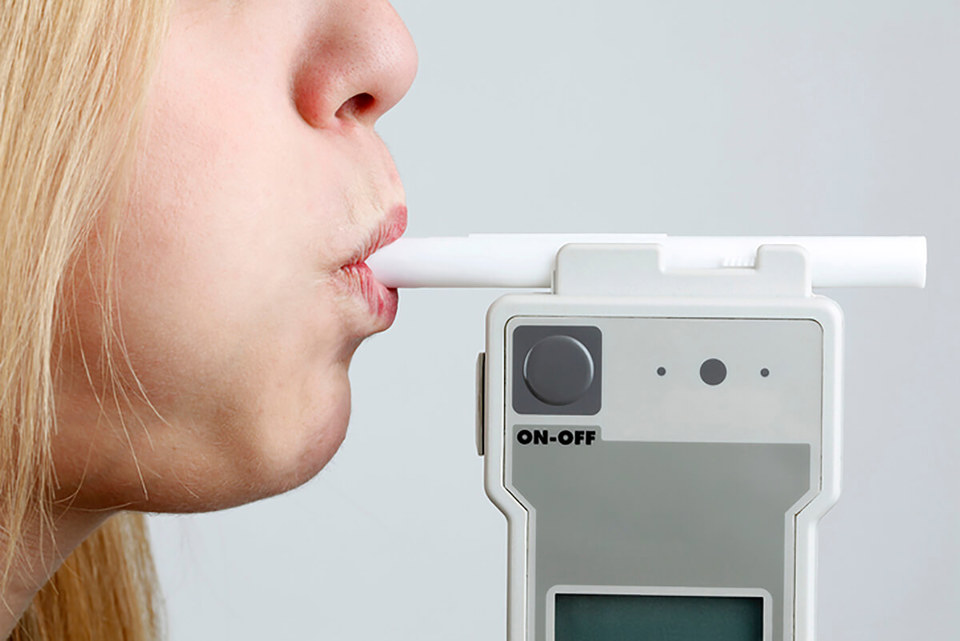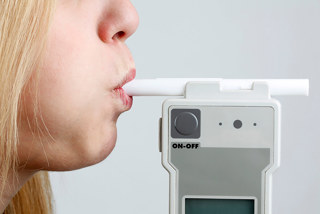New drink-driving figures show a lack of progress in tackling the issue, with the number of fatalities unchanged year-on-year.
The data, from the Department for Transport issued today (Wednesday, August 28), shows that in 2017 (the latest full year statistics are available) there were 220 fatal crashes where alcohol was a factor, the same as in 2016.
In fact, drink-drive deaths have remained relatively unchanged for several years, with 220 fatalities reported in 2010.
The figures also showed 1,110 serious crashes, up by 100 on the previous year. There were 8,600 total casualties from road crashes, which although down from the previous year’s total of 9,040, is up on the figures from 2013-5.
Measures being advocated by the road safety charity IAM RoadSmart include a further lowering of the drink-drive limit in England and Wales to match Scotland, wider use of drink-drive rehabilitation courses and also following the example of Scotland by seizing the vehicles of repeat offenders.
Neil Greig, director of policy and research at IAM RoadSmart, said: “It is truly disappointing to find yet another year of very little progress.”
Greig blamed successive changes in Government means for a lack of continuity or focus to create a long-term plan that will tackle the issue in a “structured and cohesive way”.
He continued: “There is no one simple answer to reducing these figures, but IAM RoadSmart believes we now need an emergency package of measures from the government including a lower drink-drive limit to reinforce good behaviour, the fast-tracking of evidential roadside testing machines to release police resources, as well as the introduction of innovative approaches to help drivers with alcohol problems.
“Rehabilitation courses work and we think all those convicted of drink-driving should be sent on one automatically rather than having to opt in.
“More use of alcohol interlocks and extra penalties such as vehicle forfeiture, as used in Scotland, could all be part of more joined-up approach to the problem, ultimately leading to fewer needless deaths on our roads.”
Hunter Abbott, managing director of personal breathalyser firm AlcoSense, highlighted a decrease in the number of roadside breath tests.
“Police carried out just 325,000 roadside breath tests in England and Wales in 2017 – a fall of 15% over the previous year and the lowest level since this data has been collected,” said Abbott, who is a member of the Parliamentary Advisory Council for Transport Safety (PACTS).
“The number of road traffic officers also decreased by 30% between 2007 and 2017. There’s a direct link between cuts in Police budgets and increased drink drive deaths.
“Together with the highest drink drive limit in the developed world, it’s a lethal cocktail.”
Studies show you are 13 times more likely to be involved in a fatal accident when at the English limit, compared with being sober – and five times more likely at the lower Scottish limit.
He continued: “A two-pronged strategy of better enforcement, plus a drink drive limit across the UK in line with the rest of Europe, could save many lives each year.”
RAC head of policy Nicholas Lyes concluded: “The Government should be looking closely at all its options, even reviewing the drink-drive limit. But ultimately, it is absolutely vital that we have police enforcing laws and increasing roadside breathalyser testing so that law breakers know they will be caught.”




















Login to comment
Comments
No comments have been made yet.